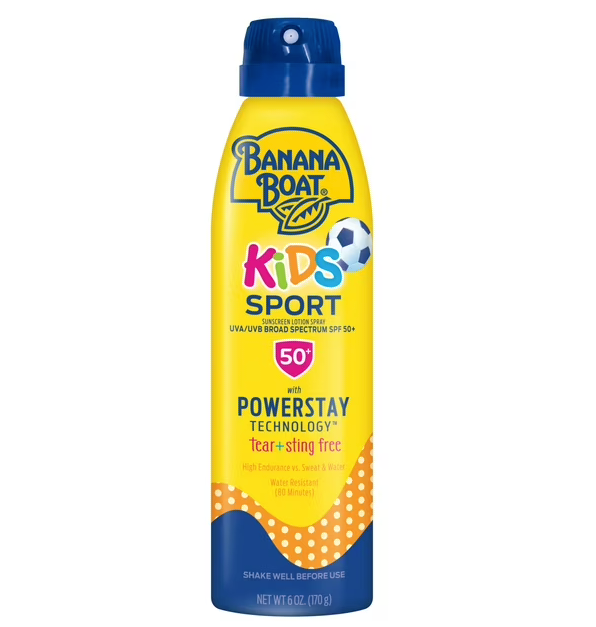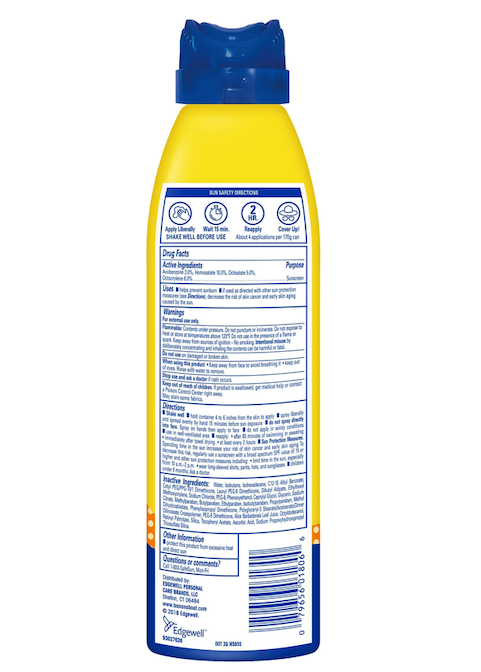Preservatives in Sunscreen: Protecting Your Skin and Your Product
When you think about sunscreen, your mind likely jumps to protection against sunburn, premature aging, and skin cancer. But there’s another crucial protection sunscreen provides that most people overlook—shielding itself from microbial growth. This is where preservatives come into play.
Why Sunscreen Needs Preservatives
Sunscreens are often formulated with water, oils, emulsifiers, and other organic ingredients that, if left unprotected, create an ideal environment for bacteria, yeast, and mold. Once contaminated, sunscreen can degrade, lose its effectiveness, and even pose health risks to your skin.
Preservatives act as a defensive barrier, ensuring that the product remains safe and stable throughout its shelf life—even after multiple uses and exposure to moisture, heat, and air.
How Preservatives Work
Preservatives prevent microbial growth in two main ways:
- Disrupting Microbial Cell Function: Many preservatives penetrate the cell walls of microorganisms, disrupting their metabolism or causing cell death.
- Creating an Unfavorable Environment: Some preservatives lower pH levels or bind available water in the formula, making it harder for microbes to thrive.
Common Preservatives Used in Sunscreens
While different types of sunscreens (chemical vs. mineral) may use different systems, here are some commonly used preservatives:
- Phenoxyethanol: A gentle, broad-spectrum preservative that works against bacteria and fungi.
- Ethylhexylglycerin: Often paired with phenoxyethanol to enhance efficacy.
- Sodium Benzoate and Potassium Sorbate: More natural options, frequently used in clean or mineral-based sunscreens.
- Parabens (e.g., methylparaben, propylparaben): Effective and long-used, though controversial due to concerns over potential hormone disruption.
- Caprylyl Glycol: Moisturizing and antimicrobial, often found in natural-leaning formulations.
Balancing Safety and Effectiveness
Formulators walk a fine line—preservatives must be potent enough to stop microbial growth but safe and non-irritating for daily skin contact. Regulatory bodies like the FDA and the EU’s SCCS (Scientific Committee on Consumer Safety) strictly control the type and concentration of preservatives allowed in cosmetic products, including sunscreens.
What About “Preservative-Free” Sunscreens?
Some brands advertise "preservative-free" sunscreens, but this usually means they use alternative preservation systems like:
-
Airless packaging to prevent contamination
-
Anhydrous formulations (no water = no microbial growth)
-
Natural antimicrobial ingredients such as certain essential oils or alcohol
While appealing to those with sensitive skin, these sunscreens may have a shorter shelf life or require more careful storage.
Final Thoughts
Preservatives might not be the stars of your skincare routine, but they play a vital backstage role in ensuring your sunscreen is safe, effective, and long-lasting. So the next time you slather on SPF before a day at the beach, remember—you’re not just protecting your skin from the sun, but also from the invisible threats you can’t see, thanks to smart formulation and the power of preservatives.



